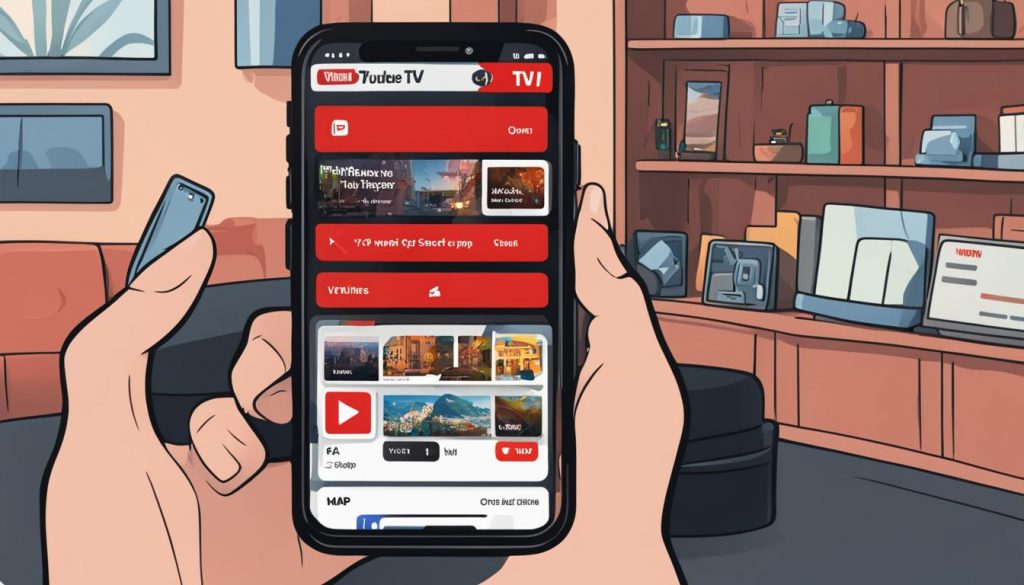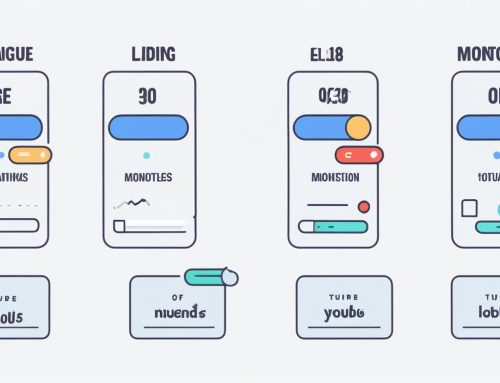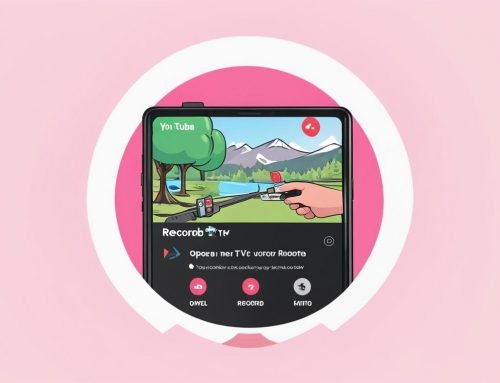When signing up for YouTube TV, you’ll be asked about your current zip code. This helps determine the local networks available in your area. However, if you need to change your location on YouTube TV, whether it’s to access content not available in your area or because you’ve moved to a new location, there are several methods you can use to update your home area settings.
If you’re wondering how to change location on YouTube TV, keep reading to discover the options available to you.
Quick Links:
Buy YouTube Views ▸ Buy YouTube Comments ▸ Buy YouTube Likes ▸ Buy YouTube Subscribers
Key Takeaways:
- Changing your location on YouTube TV allows you to access content specific to different areas.
- A VPN can be used to change your location on YouTube TV by connecting to a server in a different location.
- You can also update your home area settings directly in the YouTube TV app or website.
- YouTube TV has a current playback area feature that allows you to watch local networks specific to your current location.
- Location permissions on YouTube TV determine the content you can watch based on your geographical location.
Using a VPN to Change Location on YouTube TV
One of the easiest ways to update your location on YouTube TV is by using a Virtual Private Network (VPN). With a VPN, you can connect to a server in a different location, masking your actual location and making it appear as if you’re accessing YouTube TV from that server’s location. By connecting to a VPN server in the desired location, you can change your YouTube TV home area settings and access content specific to that area.
“A VPN allows you to connect to a server in a different location, masking your actual location and making it appear as if you’re accessing YouTube TV from that server’s location.”
When using a VPN to change your location on YouTube TV, follow these steps:
- Choose a reputable VPN service provider. Some popular options include NordVPN, ExpressVPN, Atlas VPN, and Surfshark. Ensure that the VPN you choose has servers available in the location you want to appear from.
- Download and install the VPN app or client on your device.
- Launch the VPN app and sign in to your account.
- Select a server in the desired location from the available options.
- Connect to the server and wait for the VPN to establish a secure connection.
- Once connected, open YouTube TV and update your location settings as needed.
Using a VPN not only allows you to change your location on YouTube TV but also provides the added benefits of online privacy and security. By encrypting your internet connection, a VPN helps protect your personal information from potential threats.
| Pros of Using a VPN to Change Location on YouTube TV | Cons of Using a VPN to Change Location on YouTube TV |
|---|---|
|
|
By using a VPN to change your location on YouTube TV, you can unlock a world of content and enjoy a customized viewing experience tailored to different regions. Whether you’re seeking access to local channels or exclusive content, a VPN is a powerful tool to help you update your location and explore new streaming possibilities.
Changing YouTube TV Home Area Settings
If you prefer not to use a VPN, you can also change your YouTube TV home area settings directly. YouTube TV allows you to update your home area twice per year. To change your home area, follow these steps:
- On desktop or Android devices:
- Open YouTube TV.
- Click on your profile picture.
- Go to Settings.
- Click on Area.
- Select Home Area.
- Click Update and enter the new location’s zip code.
- On iOS devices:
- Sign into YouTube TV on a mobile browser or computer.
- Click on your profile picture.
- Go to Settings.
- Click on Area.
- Select Home Area.
- Click Update and enter the new location’s zip code.
By following these steps, you can easily change your YouTube TV home area settings without the need for a VPN.
| Advantages | Disadvantages |
|---|---|
| – Simple and direct method | – Limited to two changes per year |
| – No need to rely on external tools | – Requires manual input of new zip code |
| – Works on both desktop and mobile devices | – Limited flexibility for frequent location changes |
Updating Current Playback Area on YouTube TV

If you’re using YouTube TV, you may have noticed that it not only allows you to set your home area but also has a current playback area based on your current location. This feature enables you to watch local networks specific to the region you’re in, even if it differs from your designated home area. To update your current playback area on YouTube TV, follow these simple steps:
On your smart TV:
- Open the YouTube TV app.
- Click on your profile picture.
- Go to Settings.
- Click on Area.
- Select Current Playback Area.
On your mobile phone or web browser:
- Open YouTube TV.
- Click on your profile picture.
- Go to Settings.
- Click on Area.
- Choose Update next to Current Playback Area.
This image shows the settings page on YouTube TV where you can update your current playback area.
Changing Location Permissions on YouTube TV
YouTube TV requires certain location permissions to grant access to the networks available in your chosen location. These permissions determine the content you can watch based on your geographical location. If you need to update or manage these permissions, follow the instructions below:
On your mobile device:
- Open your device’s settings.
- Tap on Apps and Notifications.
- Scroll to YouTube TV in your apps list.
- Click on Permissions, then Location to view and update your current settings.
On your computer:
- Open your browser settings.
- Go to the Privacy and Security section.
- Click on Site Settings.
- Select Location and change the location settings as needed.
Using GPS Location Spoofing with a VPN
If you encounter limitations in accessing YouTube TV from a specific location, you can try using GPS location spoofing in combination with a VPN. GPS location spoofing apps allow you to override your device’s actual location and display a different location. However, it’s important to note that not all GPS spoofing apps are reliable, as some may have data leaks that could potentially compromise your true IP address and other personal information.
Note: Be cautious when using GPS location spoofing apps, as they may have privacy risks.
Recommended VPNs for YouTube TV
When it comes to enhancing your YouTube TV streaming experience and accessing content from different locations, choosing the right VPN service is crucial. Factors such as speed, security, and the ability to bypass geo-restrictions should be taken into consideration. Here are a few recommended VPNs for YouTube TV:
- NordVPN:
Known for its fast speeds, NordVPN offers a reliable solution for streaming YouTube TV. With robust security features and a large server network, NordVPN ensures a seamless and secure browsing experience.
- ExpressVPN:
ExpressVPN is an excellent choice for YouTube TV streaming, thanks to its reliable streaming capabilities and extensive server coverage. With ExpressVPN, you can enjoy unrestricted access to YouTube TV content from anywhere in the world.
- Atlas VPN:
Looking for a budget-friendly option? Atlas VPN offers a free plan with additional features available for upgrade. With Atlas VPN, you can easily change your location settings and enjoy YouTube TV without any restrictions.
- Surfshark:
Whether you want to unblock foreign TV shows or access YouTube TV from different locations, Surfshark has got you covered. This VPN provider offers low-cost options and reliable unblocking capabilities.
Consider these recommended VPNs to enhance your YouTube TV streaming experience make the most out of its location services and change location settings.
Read More
- How To Cancel YouTube Red Free Trial on iPhone
- How To Cancel YouTube Music Easily
- How To Bold Comments on YouTube – Easy Guide
- Key Tips: How To Avoid Copyright Strikes on YouTube
- How To Add YouTube Video to Instagram Story – The Complete Guide
- How To Reverse Your YouTube Playlist: Easy Guide
- Add YouTube TV on LG Smart TV – Quick Guide
- Integrate YouTube into Apple CarPlay – Quick Guide
- Streamlabs OBS Guide: How To Add YouTube Music To Streamlabs OBS
- How To Share YouTube Videos on Facebook Stories



